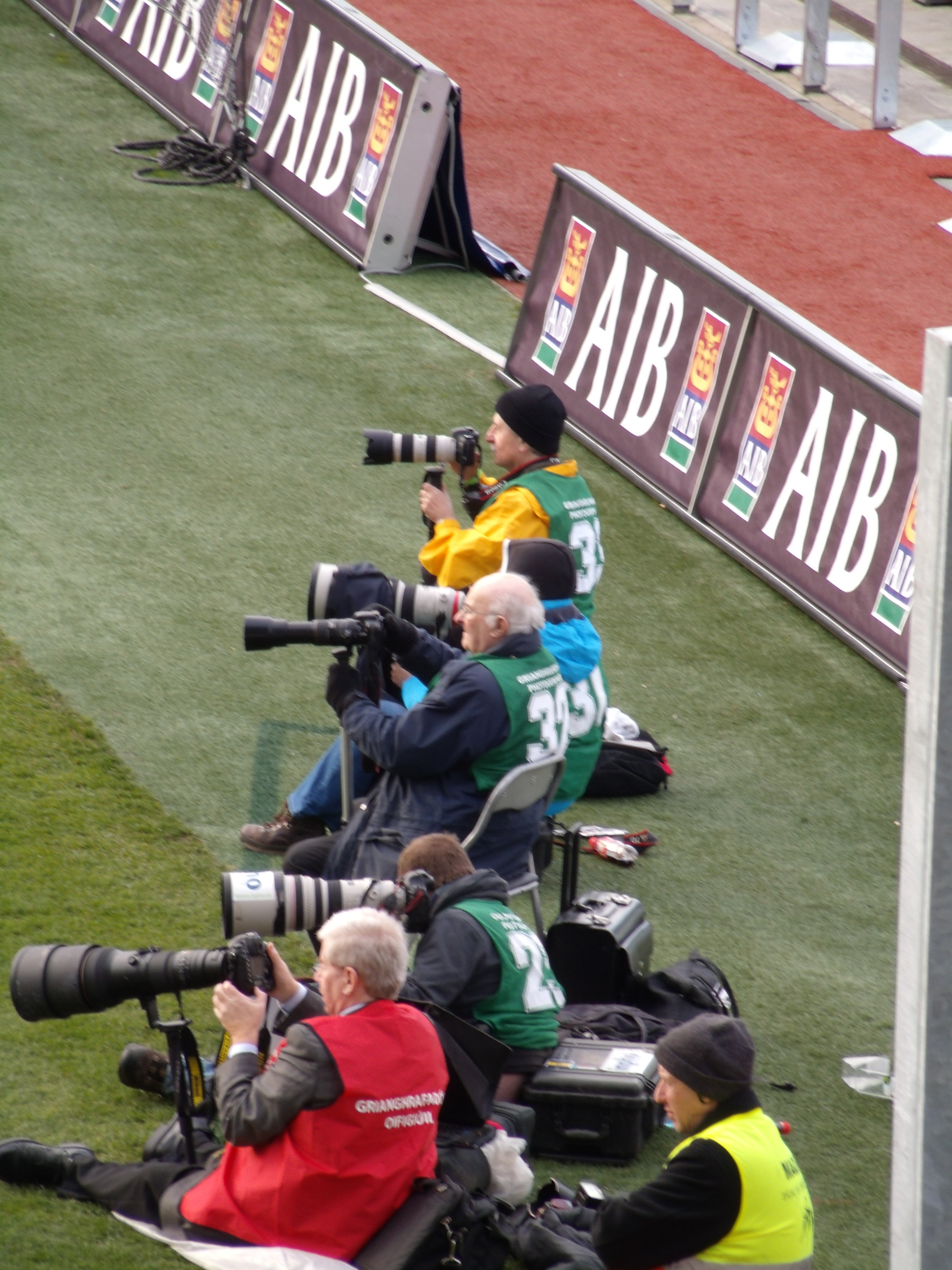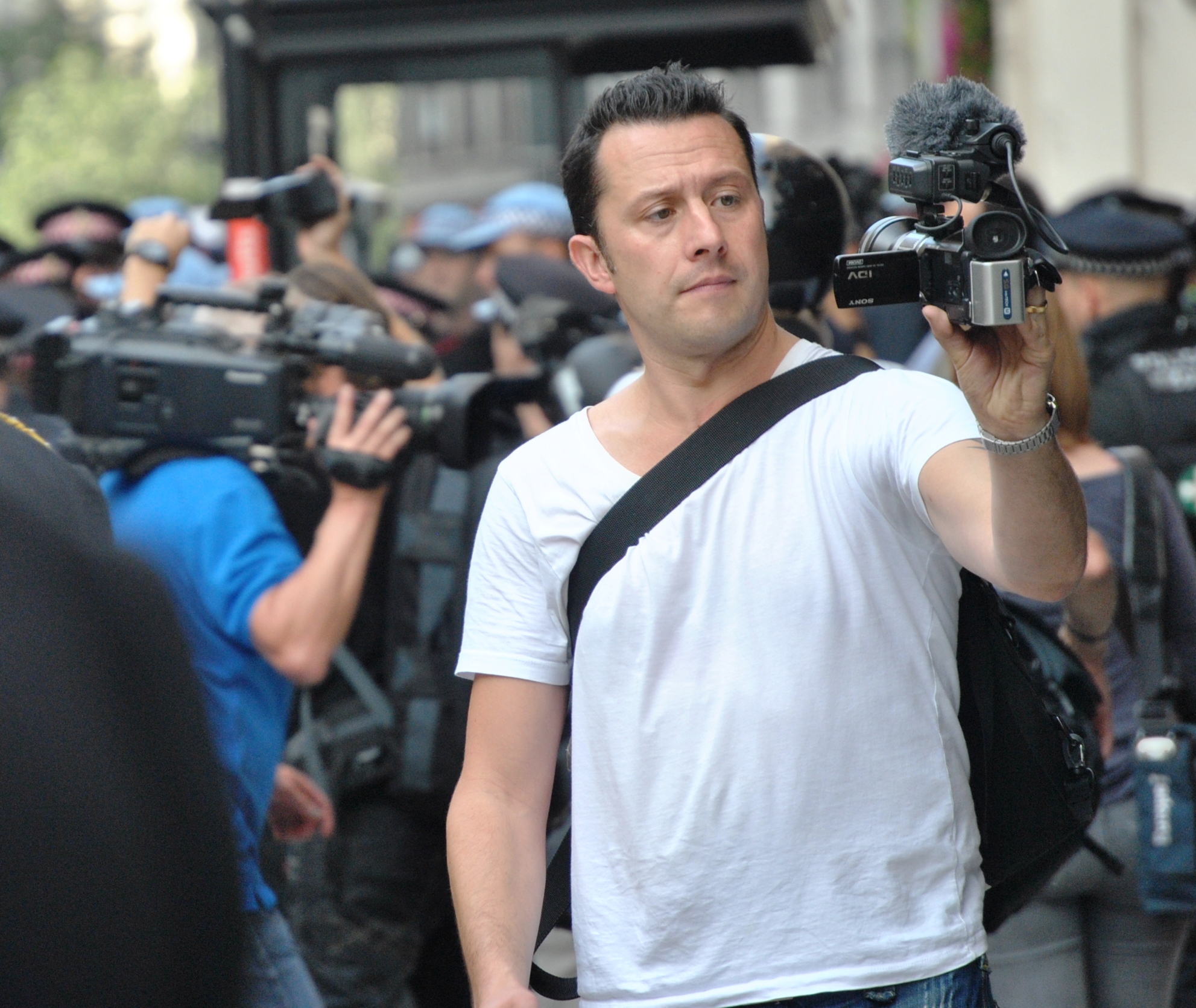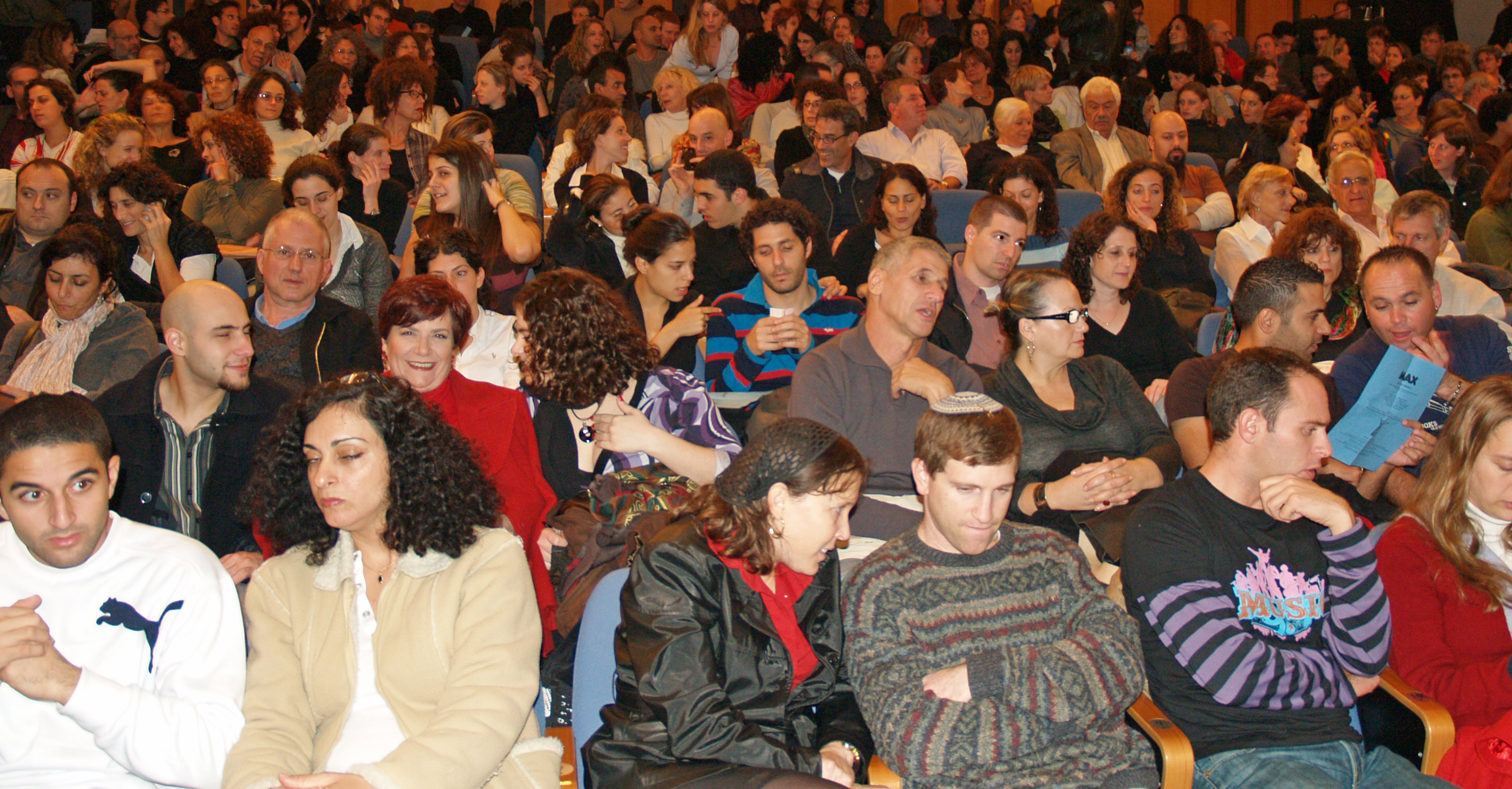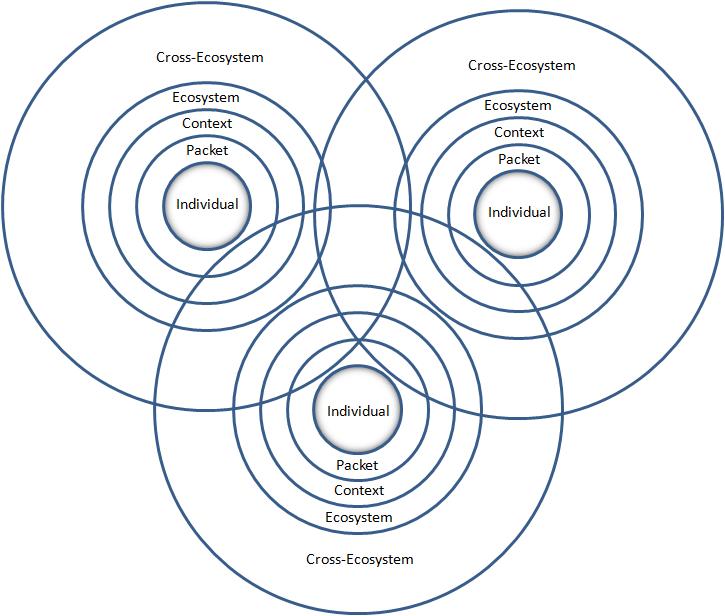|
News Values
News values are "criteria that influence the selection and presentation of events as published news." These values help explain what makes something "newsworthy." News values are not universal and can vary between different cultures. Among the many lists of news values that have been drawn up by scholars and journalists, some attempt to describe news practices across cultures, while others have become remarkably specific to the press of particular (often Western) nations. In the Western tradition, decisions on the selection and prioritization of news are made by editors on the basis of their experience and intuition, although analysis by Johan Galtung and Mari Holmboe Ruge showed that several factors are consistently applied across a range of news organizations. Their theory was tested on the news presented in four different Norwegian newspapers from the Congo and Cuban crisis of July 1960 and the Cyprus crisis of March–April 1964. Results were mainly consistent with t ... [...More Info...] [...Related Items...] OR: [Wikipedia] [Google] [Baidu] |
Culture
Culture ( ) is a concept that encompasses the social behavior, institutions, and Social norm, norms found in human societies, as well as the knowledge, beliefs, arts, laws, Social norm, customs, capabilities, Attitude (psychology), attitudes, and habits of the individuals in these groups.Tylor, Edward. (1871). ''Primitive Culture''. Vol 1. New York: J. P. Putnam's Son Culture often originates from or is attributed to a specific region or location. Humans acquire culture through the learning processes of enculturation and socialization, which is shown by the diversity of cultures across societies. A cultural norm codifies acceptable conduct in society; it serves as a guideline for behavior, dress, language, and demeanor in a situation, which serves as a template for expectations in a social group. Accepting only a monoculturalism, monoculture in a social group can bear risks, just as a single species can wither in the face of environmental change, for lack of functional respo ... [...More Info...] [...Related Items...] OR: [Wikipedia] [Google] [Baidu] |
Broadcast Journalism
Broadcast journalism is the field of news and journals which are broadcast by electronic methods instead of the older methods, such as printed newspapers and posters. It works on radio (via air, cable, and Internet), television (via air, cable, and Internet) and the World Wide Web. Such media disperse pictures (static and moving), visual text and sounds. Description Broadcast articles can be written as "packages", "readers", " voice-overs" (VO) and " sound on tape" (SOT). A "sack" is an edited set of video clips for a news story and is common on television. It is typically narrated by a reporter. It is a story with audio, video, graphics and video effects. The news anchor, or presenter, usually reads a "lead-in" (introduction) before the package is aired and may conclude the story with additional information, called a "tag". A "reader" is an article read without accompanying video or sound. Sometimes an "over the shoulder digital on-screen graphic" is added. A voice-over, or ... [...More Info...] [...Related Items...] OR: [Wikipedia] [Google] [Baidu] |
Sports Journalism
Sports journalism is a form of writing that reports on matters pertaining to sporting topics and competitions. Sports journalism has its roots in coverage of horse racing and boxing in the early 1800s, mainly targeted towards elites, and into the 1900s transitioned into an integral part of the news business with newspapers having dedicated sports sections. The increased popularity of sports amongst the middle and lower class led to the more coverage of sports content in publications. The appetite for sports resulted in sports-only media such as ''Sports Illustrated'' and ESPN. There are many different forms of sports journalism, ranging from play-by-play and game recaps to analysis and investigative journalism on important developments in the sport. Technology and the internet age has massively changed the sports journalism space as it is struggling with the same problems that the broader category of print journalism is struggling with, mainly not being able to cover costs due to ... [...More Info...] [...Related Items...] OR: [Wikipedia] [Google] [Baidu] |
Target Audience
The target audience is the intended audience or readership of a publication, advertisement, or other message catered specifically to the previously intended audience. In marketing and advertising, the target audience is a particular group of consumer within the predetermined target market, identified as the targets or recipients for a particular advertisement or message. Businesses that have a wide target market will focus on a specific target audience for certain messages to send, such as The Body Shop Mother's Day advertisements, which were advertising to children as well as spouses of women, rather than the whole market which would have included the women themselves. Another example is the USDA's food guide, which was intended to appeal to young people between the ages of 2 and 18. The factors they had to consider outside of the standard marketing mix included the nutritional needs of growing children, children's knowledge and attitudes regarding nutrition, and other specializ ... [...More Info...] [...Related Items...] OR: [Wikipedia] [Google] [Baidu] |
News Organisation
News is information about current events. This may be provided through many different media: word of mouth, printing, postal systems, broadcasting, electronic communication, or through the testimony of observers and witnesses to events. News is sometimes called "hard news" to differentiate it from soft media. Subject matters for news reports include war, government, politics, education, health, economy, business, fashion, sport, entertainment, and the environment, as well as quirky or unusual events. Government proclamations, concerning royal ceremonies, laws, taxes, public health, and criminals, have been dubbed news since ancient times. Technological Technology is the application of conceptual knowledge to achieve practical goals, especially in a reproducible way. The word ''technology'' can also mean the products resulting from such efforts, including both tangible tools such as ute ... and Social change, social developments, often driven by government comm ... [...More Info...] [...Related Items...] OR: [Wikipedia] [Google] [Baidu] |
Media Bias
Media bias occurs when journalists and news producers show bias in how they report and cover news. The term "media bias" implies a pervasive or widespread bias contravening of the standards of journalism, rather than the perspective of an individual journalist or article. The direction and degree of media bias in various countries is widely disputed. Practical limitations to media neutrality include the inability of journalists to report all available stories and facts, and the requirement that selected facts be linked into a coherent narrative. Government influence, including overt and covert censorship, biases the media in some countries, for example China, North Korea, Syria and Myanmar. Politics and media bias may interact with each other; the media has the ability to influence politicians, and politicians may have the power to influence the media. This can change the distribution of power in society. Market forces may also cause bias. Examples include bias introduce ... [...More Info...] [...Related Items...] OR: [Wikipedia] [Google] [Baidu] |
Citizen Journalism
Citizen journalism, also known as collaborative media, participatory journalism, democratic journalism, guerrilla journalism, grassroots journalism, or street journalism, is based upon members of the community playing an active role in the process of collecting, reporting, analyzing, and disseminating news and information. Courtney C. Radsch defines citizen journalism "as an alternative and activist form of news gathering and reporting that functions outside mainstream media institutions, often as a response to shortcomings in the professional journalistic field, that uses similar journalistic practices but is driven by different objectives and ideals and relies on alternative sources of legitimacy than traditional or mainstream journalism". Jay Rosen offers a simpler definition: "When the people formerly known as the audience employ the press tools they have in their possession to inform one another." The underlying principle of citizen journalism is that ordinary people, not ... [...More Info...] [...Related Items...] OR: [Wikipedia] [Google] [Baidu] |
Interactive Media
Interactive media refers to digital experiences that dynamically respond to user input, delivering content such as Text (literary theory), text, images, animations, video, Sound, audio, and even Artificial intelligence, AI-driven interactions. Over the years, interactive media has expanded across Video game, gaming, education, social platforms, and immersive technologies like Virtual reality, VR and Augmented reality, AR. With the rise of AI-generated content, decision-driven narratives, and real-time engagement, concerns have shifted toward cybersecurity risks, digital well-being, and the societal impact of Personalized, hyper-personalized media. Definition Interactivity, Interactive media is a method of communication in which the output from the media comes from the input of the users. Interactive media works with the user's participation. The media still has the same purpose but the user's input adds interaction and brings interesting Software feature, features to the system f ... [...More Info...] [...Related Items...] OR: [Wikipedia] [Google] [Baidu] |
Audiences
An audience is a group of people who participate in a show or encounter a work of art, literature (in which they are called "readers"), theatre, music (in which they are called "listeners"), video games (in which they are called "players"), or academics in any medium. Audience members participate in different ways in different kinds of art. Some events invite overt audience participation and others allow only modest clapping and criticism and reception. Media audience studies have become a recognized part of the curriculum. Audience theory offers scholarly insight into audiences in general. These insights shape our knowledge of just how audiences affect and are affected by different forms of art. The biggest art form is the mass media. Films, video games, radio shows, software (and hardware), and other formats are affected by the audience and its reviews and recommendations. In the age of easy internet participation and citizen journalism, professional creators share space, and ... [...More Info...] [...Related Items...] OR: [Wikipedia] [Google] [Baidu] |
Relevance
Relevance is the connection between topics that makes one useful for dealing with the other. Relevance is studied in many different fields, including cognitive science, logic, and library and information science. Epistemology studies it in general, and different theories of knowledge have different implications for what is considered relevant. Definition "Something (''A'') is relevant to a task (''T'') if it increases the likelihood of accomplishing the goal (''G''), which is implied by ''T''." A thing might be relevant, a document or a piece of information may be relevant. Relevance does not depend on whether we speak of "things" or "information". Epistemology If you believe that schizophrenia is caused by bad communication between mother and child, then family interaction studies become relevant. If, on the other hand, you subscribe to a genetic theory of relevance then the study of genes becomes relevant. If you subscribe to the epistemology of empiricism, then only inte ... [...More Info...] [...Related Items...] OR: [Wikipedia] [Google] [Baidu] |
Tabloid Newspapers
Tabloid journalism is a popular style of largely sensationalist journalism, which takes its name from the tabloid newspaper format: a small-sized newspaper also known as a half broadsheet. The size became associated with sensationalism, and ''tabloid journalism'' replaced the earlier label of ''yellow journalism'' and ''scandal sheets''. Not all newspapers associated with tabloid journalism are tabloid size, and not all tabloid-size newspapers engage in tabloid journalism; since around the year 2000, many broadsheet newspapers converted to the more compact tabloid format. In some cases, celebrities have successfully sued tabloids for libel, demonstrating that the tabloid's stories have defamed them. Publications engaging in tabloid journalism are also known as rag newspapers or simply rags. In the 21st century tabloid journalism has shifted to online platforms targeting youth consumers with celebrity news and entertainment. Scandal sheets Scandal sheets were the prec ... [...More Info...] [...Related Items...] OR: [Wikipedia] [Google] [Baidu] |







